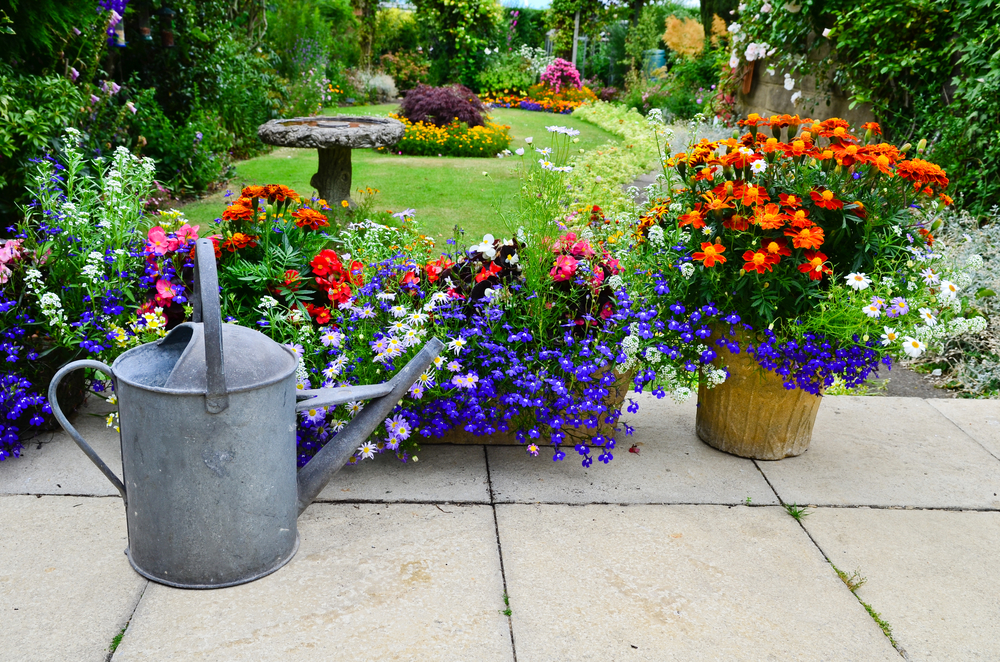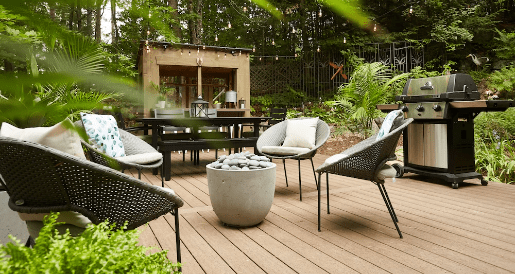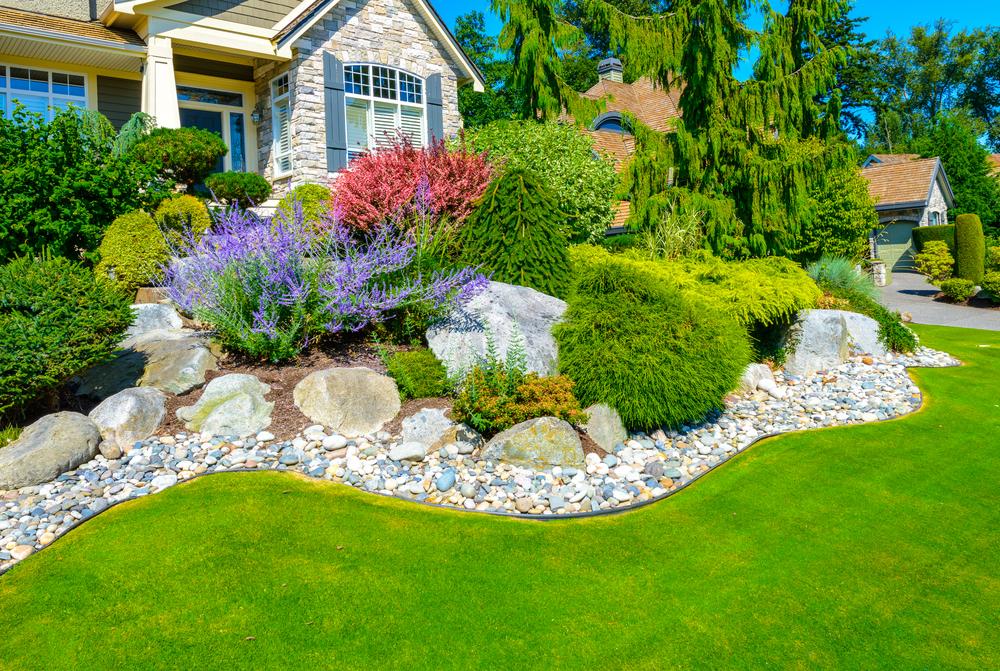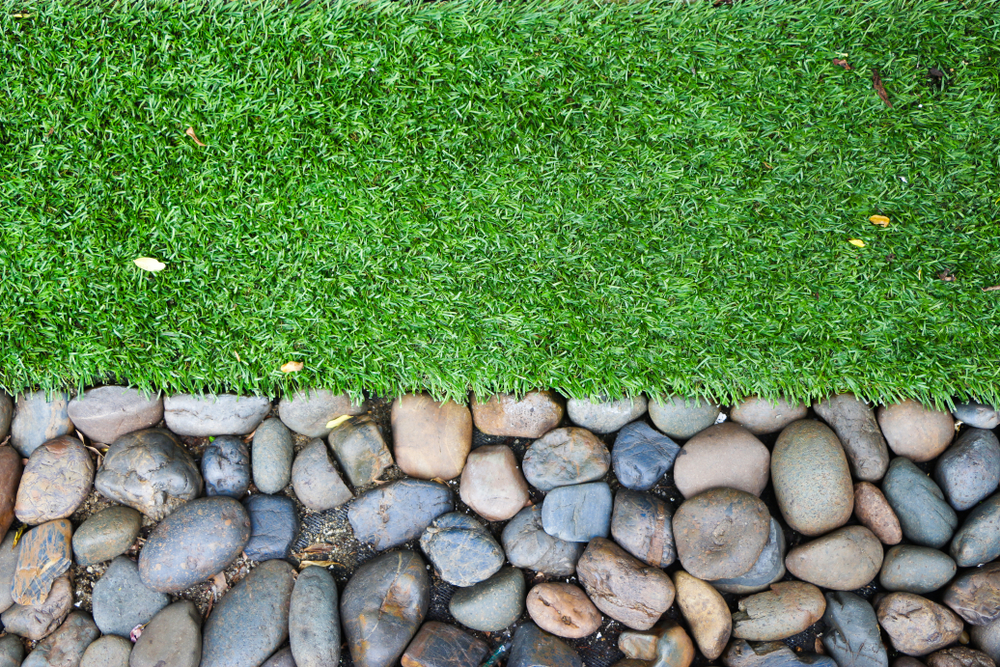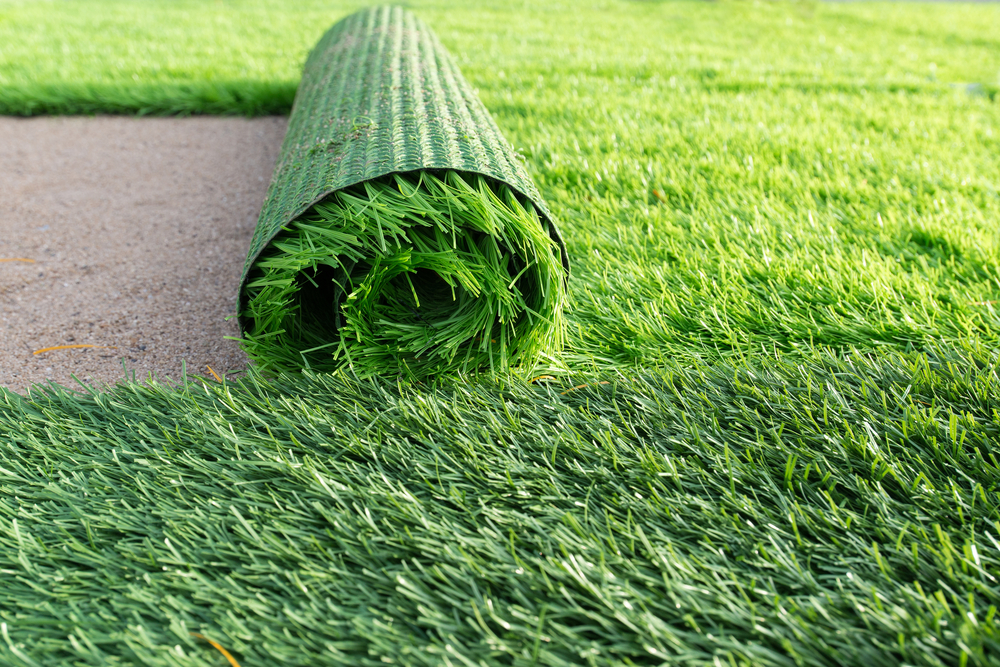When you think of desert landscaping, do you think cacti and sand? There is a wide variety of plants that would thrive in the desert and still create the beauty of an English Garden.
Creating an English Garden in a Desert Landscape
There is no perfect definition of an English garden as people have different ideas about it. Some people want a well-defined, organized garden and others want to create a natural woodland look. Both types can be found in British stately homes. Many landscapers consider a garden with large swathes of lawn, defined flower beds, plenty of roses and pathways to be typically English.
Can an English-style Garden Be Created in the Desert?
The short answer is yes, but it will take a bit of planning to create a lush garden while conserving water. One good place to start is artificial grass in Las Vegas. A lawn is an important feature of an English garden but it takes a lot of care and water. Artificial turf solves the problem by providing the open spaces needed between the flowerbeds and pathways without the time, effort and water required to make a lawn look good.
Colorful Desert Plants
Colorful flowerbeds are another feature of an English garden that is essential. You can choose from a wide variety of colorful plants including succulents that thrive without much water. The brilliantly orange pencil plant, the delicately lavender and pale blue of burro’s tail and the red paddle plant. The California poppy and purplish-pink winecup are both drought-tolerant blossoms that open in the morning and close in the evening. The desert marigold is bright yellow and native to the U.S. Southwest. Desert sage is also brilliant lavender, purple and blue. It is drought-tolerant and attracts birds and butterflies. Ice plant makes a great groundcover and produces a bright pink blossom.
Don’t forget English gardens need pathways defined by pavers or flagstones and may have water features such as fountains or ponds. The pathways are for you and your guests to stroll through your garden and enjoy each well-planned area.

